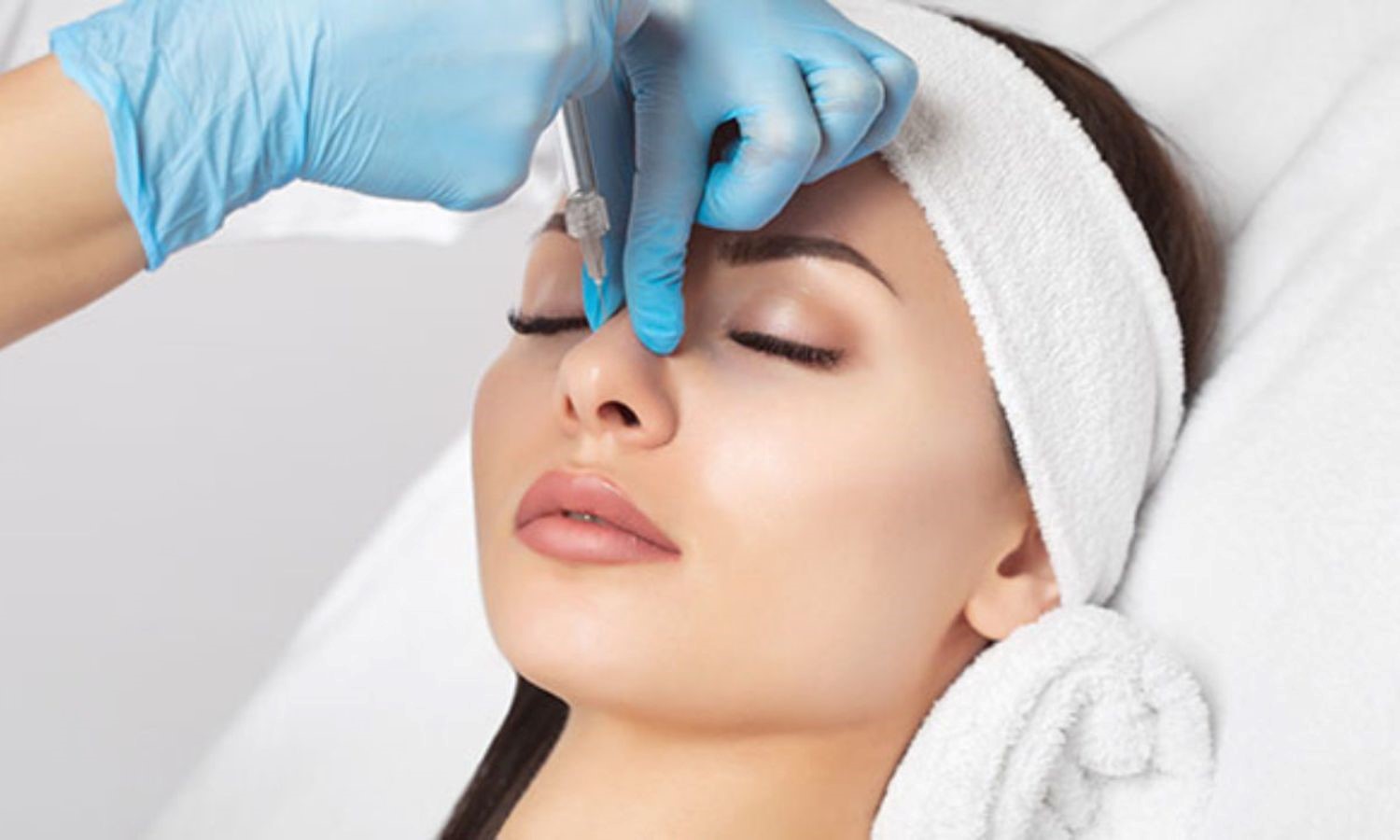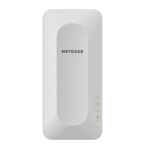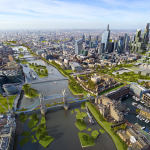So, rhinoplasty, or a nose job, is basically tweaking your nose’s look or function. People do it for different reasons – like fixing a crooked nose, making it look better, or sorting out breathing issues. It’s not just about vanity, though. Sometimes, it’s about fixing real problems caused by injuries or natural defects. The key is talking it out with a legit surgeon to see if it’s right for you. Whether it’s because you can’t breathe right or just don’t dig your nose’s vibe, understanding what you’re getting into – risks, recovery, all that – is super important. Always hit up a trustworthy doc for the real scoop.
Rhinoplasty: More Than Meets the Eye
Rhinoplasty’s not just getting big in the States – it’s a worldwide trend. It’s not all about looks, either. This surgery can seriously help if you have trouble breathing right. Reasons for getting it done range from wanting a smaller nose to match your face better, to fixing a bent or droopy tip. It’s also about making sure your nose isn’t lopsided or the nostrils are even.
What Happens During Rhinoplasty?
Getting a nose job is precise stuff. Surgeons usually cut inside the nose so you don’t see scars. They might take out some bone or cartilage or even add some stuff in there, like body tissue or artificial fillers. After the surgery, you’ll have a splint on the outside of your nose to keep its new shape while you heal. You might be knocked out for the whole thing or just numbed in the area, and you might stay in the hospital for a bit.
Post-Op: The Road to Recovery
After you get your nose done, expect some swelling around your eyes and nose. It usually chills out after a couple of weeks. You’ll have a splint or tape on the outside and cotton pads inside your nose to stop any bleeding. Key thing is to keep your head up and take it easy for a few weeks – no heavy lifting or marathons.
Keeping It Clean and Healing Right
Cleaning your nose right after surgery is a big deal. At first, you’ll use only the drops your doctor gives you. Then you’ll move on to a cleaning routine with a syringe and a special solution. To make sure you heal up nice, stick to your meds, don’t go swimming, eat right, sleep how your doc tells you, and lay off the heavy stuff.
What to Expect and Watch Out For
When you get rhinoplasty, it’s all about keeping it real with what you expect. Plan well with your doctor beforehand. The results are usually there to stay, but stuff like getting hit in the nose can change things. There’s always a chance of complications, like nosebleeds, hurting your septum, scars, skin problems, trouble breathing, infections, and issues from the anesthesia.
Cutting-Edge Rhinoplasty and Long-Term Healing
There’s this new thing called liquid rhinoplasty. It’s not surgery, just injections that change your nose shape without the risks of going under the knife. Dr. Simon Orion’s a big name in this. After any kind of non-surgical nose job, you’ll see most of the swelling go down in about two months. That’s when you can start showing off your new look and breathe easy.
Weighing the Pros and Cons
Deciding to get rhinoplasty is a big move. The upside? It can totally change how you feel about your face and sort out breathing issues that have been bugging you. But it’s surgery, right? So, there are risks like any other operation – infection, reaction to anesthesia, and it might not turn out exactly like you’re picturing. Plus, there’s the cost and time off work. You’ve got to think about all that before diving in.
The Emotional Side of Rhinoplasty
Let’s talk feelings – getting your nose done isn’t just a physical thing. It can be a huge emotional rollercoaster. For some, it’s a massive confidence booster. You might’ve been self-conscious about your nose for ages, and changing it can feel liberating. But it’s not an instant fix for all your problems. It’s key to have realistic expectations and maybe chat with a therapist to make sure you’re doing it for the right reasons. Remember, it’s your face, your choice.
Choosing the Right Surgeon
Picking your surgeon is like choosing your quarterback – crucial. You want someone skilled, with a solid track record, and who gets what you’re after. Don’t just go for the first name you find or the cheapest deal. Do your homework, check out their before-and-after photos, and read reviews. A good surgeon will be straight with you about what’s possible and what’s not. They should make you feel comfortable and answer all your questions without rushing you.
Life After Rhinoplasty
After you’ve recovered, life with your new nose begins. It could mean breathing easier, sleeping better, and even less snoring – big wins if you’ve had breathing issues. In social terms, it might feel like a fresh start, especially if your nose indent was really bothersome. Just remember, while your nose has changed, you’re still you. Embrace the change but stay grounded in who you are.
The Financial Aspect
Rhinoplasty ain’t cheap, and insurance usually doesn’t cover it if it’s just for looks. We’re talking several thousand dollars, depending on what you’re getting done. There might be extra costs like meds, follow-up visits, and taking time off work. So, budgeting for it is key. Some surgeons offer payment plans, which can help spread the cost. Think of it as an investment in yourself, but be smart about it.
Final Thoughts on Rhinoplasty
Bottom line – rhinoplasty’s more than just a cosmetic thing. It’s about fixing real issues like breathing problems or birth defects, too. Understanding when you actually need it means weighing both how you want to look and what your body needs. Always talk to experienced surgeons who get your personal situation. They’ll make sure the surgery fits your goals and health needs. In the end, knowing what you’re getting into, what could happen, and picking the right pro is key. Done right and for the right reasons, a nose job can really change your life, boost your confidence, and make you feel great.


